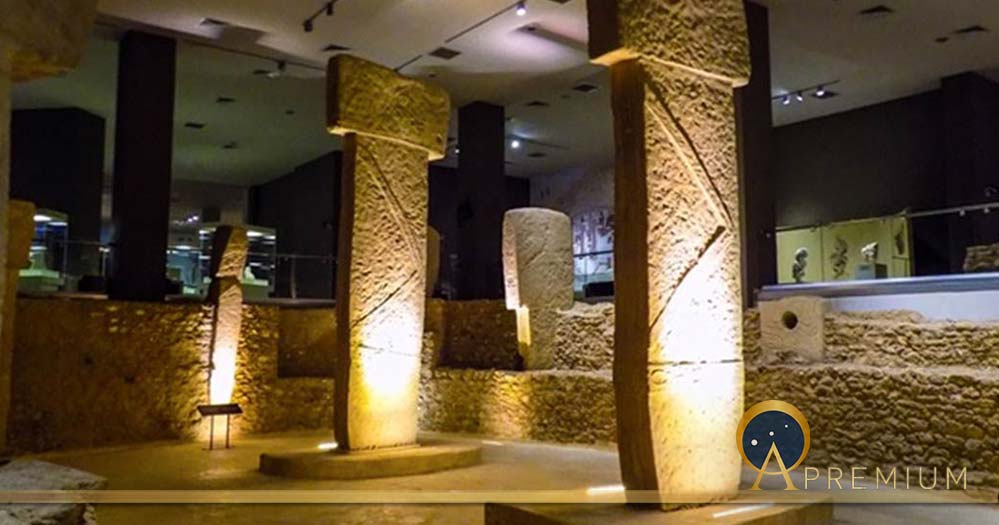Orthostats Of Çayönü Tepesi, Nevalı Çori And Göbekli Tepe
One day in October 1994 Professor Klaus Schmidt, an archaeologist working with the German Archaeological Institute and the University of Heidelberg, made the trek out to a bleak limestone plateau, situated close to the southernmost limits of the Anti-Taurus Mountains, just eight miles (13 kilometers) northeast of the Turkish city of Şanlıurfa. It was a decision that would change his life forever and alter the very way we perceive the rise of civilization in the ancient world. Schmidt’s intention was to inspect a large artificial mound composed of earth and rock debris, which sits on a mountain ridge that rises to a height of just under half a mile (780 meters) above sea level. Stretching away toward the south lay the Harran Plain, where the patriarch Abraham is said to have set out on his journey to the Promised Land some 7,000 years after the incredible events that gave rise to the almost alien world that awaited discovery here at Göbekli Tepe, the “hill of the navel.”

Steles and sculptures from Göbekli Tepe (Klaus-Peter Simon/ CC BY-SA 3.0)
Discarding Site V52/1
Schmidt knew that as early as 1963 a joint team from the universities of Istanbul and Chicago had visited the site and identified a number of knolls, or rises, that cover an area of some three and a half acres (1.44 hectares)—a figure extended to 22 acres (nine hectares) following a geomagnetic survey of the site in 2003. The 1963 expedition noted that immediately west of Göbekli Tepe’s rounded summit prehistoric stone tools lay strewn across a wide area. They belonged to an age when the inhabitants of southeast Anatolia (modern-day Turkey) were making the transition from hunter-gatherers to settled pastoralists and farmers.
The survey team also recorded the presence at Göbekli Tepe (documented as site V52/1) of cut and dressed slabs of limestone bearing evidence of carved relief. Team member Peter Benedict, an anthropologist with the University of Chicago, concluded the fragments came from a lost Byzantine cemetery. It was a decision influenced perhaps by the fact that the local Kurdish community consider the tepe or tell—these being, respectively, the Turkish and Arabic words for a large artificial mound created by human occupation—as sacred, using it themselves as a cemetery for their dead. At its summit, modern graves lie within a walled enclosure clustered around a single fig-mulberry tree, a sight clearly visible to anyone approaching the mountain from the plain below.
Like this Preview and want to read on? You can! JOIN US THERE ( with easy, instant access ) and see what you’re missing!! All Premium articles are available in full, with immediate access.
For the price of a cup of coffee, you get this and all the other great benefits at Ancient Origins Premium. And - each time you support AO Premium, you support independent thought and writing.
This is an excerpt from Göbekli Tepe: Genesis of the Gods: The Temple of the Watchers and the Discovery of Eden published with permission from Bear and Company.
Andrew Collins is a science and history writer, who has been investigating the origins of human civilization for over three decades. He is a noted explorer and the co-discoverer of a massive cave complex beneath the Giza plateau, now known as “Collins’ Caves.” He is the author of several bestselling books, including Göbekli Tepe: Genesis of the Gods: The Temple of the Watchers and the Discovery of Eden. He lives in southeast England.
Top Image Göbekli Tepe PIlars in the Sanliurfa museum. (Cobija / CC BY-SA 4.0)



















